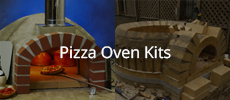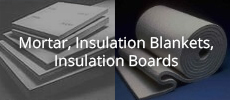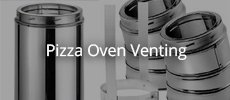Those rebar pieces sticking out the front are really going to get in the way wile I build the oven! I gotta pick up the little orange rebar caps so I don’t impale myself. I’m shooting to have a mix on site truck come on Saturday to mix up a 1/2 yard of 2,500 psi concrete for the 5 1/2″ thick hearth. I’ll be trying out my concrete skills for the first time. If it comes out well, I think I will pour the countertops in the bar myself which will save a lot of money.












Leave a comment: